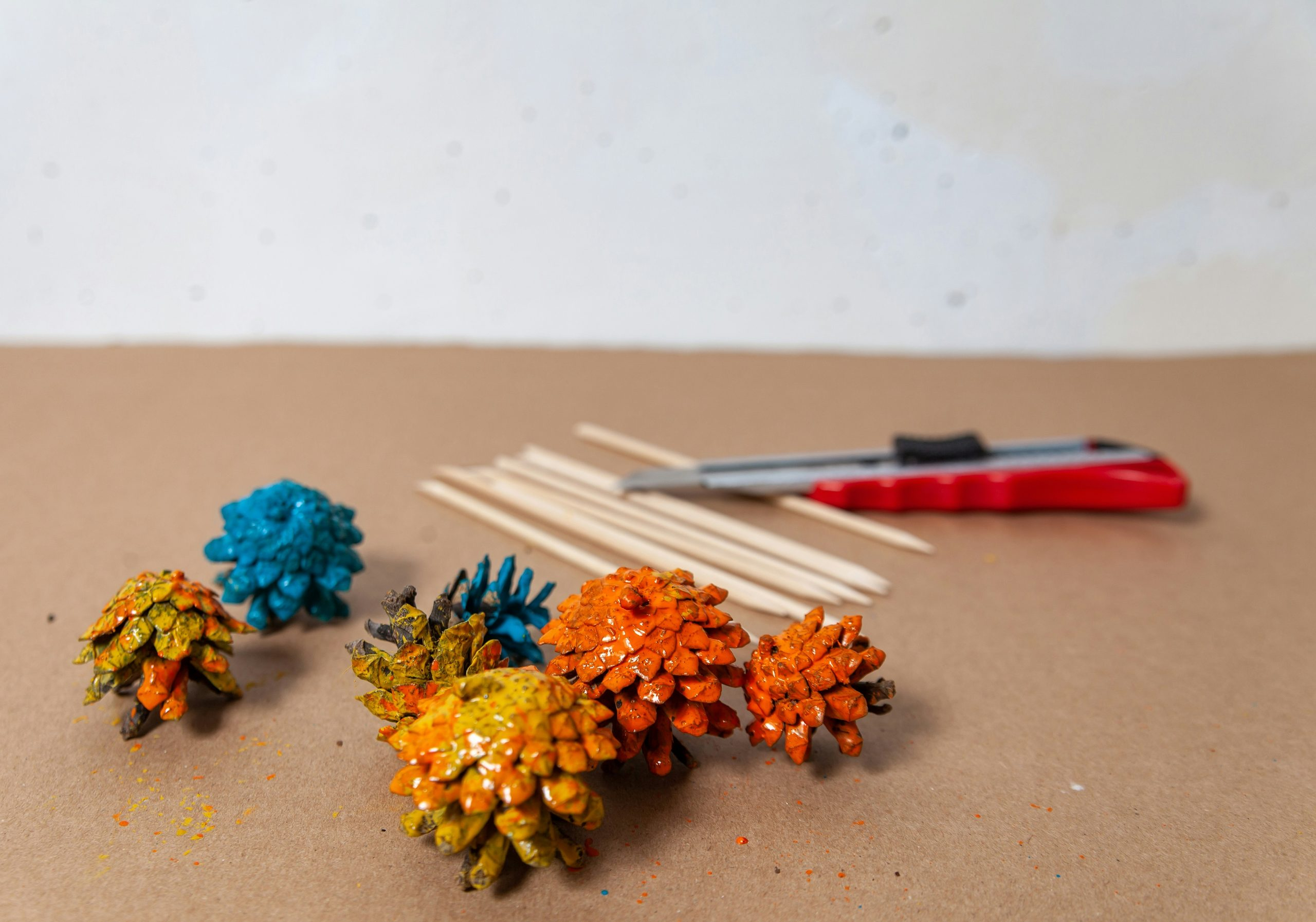From STEM to STEAM: adding art to the science equation
In recent years, the world of education has seen a shift from the traditional focus on Science, Technology, Engineering, and Mathematics (STEM) to a more integrated approach that incorporates the arts – often referred to as STEAM. This shift has sparked debates and discussions about the role of art in the science equation. While some may see it as a distraction or an unnecessary addition, others argue that merging art with STEM can lead to a more well-rounded education and have a positive effect on society as a whole. In this article, we will delve into the concept of STEAM and explore the benefits of adding art to the traditional STEM subjects.
Understanding STEAM
STEAM takes the foundation of STEM subjects and adds the arts – including visual arts, performing arts, and design – to the mix. The goal is to allow students to use their creativity and imaginations to solve real-world problems using a combination of scientific and artistic approaches. While STEM subjects focus on analytical and logical thinking, the addition of art brings an element of creativity and innovation to the equation.
How Art Enhances STEM Education
By incorporating art into STEM, students are given the opportunity to think outside of the box and explore solutions using a different perspective. It encourages critical thinking, problem-solving, and collaboration – essential skills that are needed for success in the 21st century. Art also provides a platform for students to express their unique ideas and sparks their curiosity to explore new possibilities.
The Impact on STEM Careers
The demand for STEM-related careers has been steadily increasing, and the addition of art to the equation can open up more possibilities for students. While traditional STEM subjects may seem daunting to some, the inclusion of art can make them more accessible and appealing. It can also help to break down stereotypes and encourage diversity in these fields, as art can be a gateway for students who may not have initially considered a STEM career.
The Integration of Art and Technology
In today’s digital age, the combination of art and technology is becoming increasingly prevalent. Many tech companies are seeking employees with a combination of skills – both technical and creative – as they recognize the value of integrating art into their products and services. By exposing students to both art and technology at a young age, we are preparing them to be future innovators and leaders in this ever-evolving landscape.
Real-World Applications
The STEAM approach is not just useful for students’ academic development, but it also has real-life applications. As our world becomes more technologically advanced, the ability to think creatively and solve problems using both STEM and art skills will be highly sought after. This interdisciplinary approach produces individuals who are well-equipped to tackle complex issues and bring innovative ideas to the table.
Challenges and Criticisms
As with any new concept, STEAM has faced its fair share of challenges and criticisms. Some argue that the integration of art into STEM waters down the importance of each individual subject. Others question the practicality of implementing STEAM in the classroom, with concerns about curriculum and resources. However, the benefits of this integrated approach far outweigh these challenges, and with proper planning and support, it is possible to successfully incorporate art into STEM education.
The Future of Education
The world is constantly evolving, and education must adapt to keep up with these changes. The addition of art to the traditional STEM subjects is a step towards a more well-rounded and holistic education. It encourages creativity, innovation, and collaboration – skills that are not only important in the classroom but in all aspects of life. As STEAM continues to gain momentum, it has the potential to reshape the way we approach education and better prepare students for the future.
In conclusion, the addition of art to STEM subjects is not just about creating well-rounded individuals, but it is also about preparing students for a world where creativity and innovation are highly valued. The integration of art and science can lead to exciting breakthroughs and solutions to some of society’s most pressing issues. It’s time to move beyond STEM and embrace the full range of human potential with STEAM.











